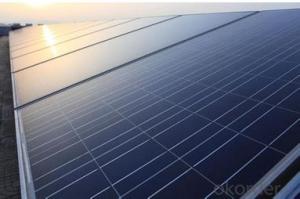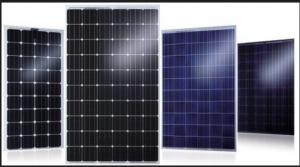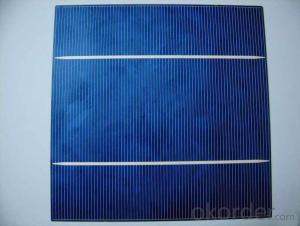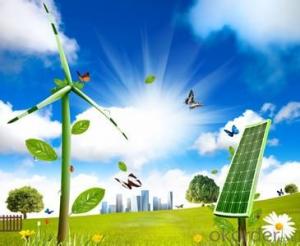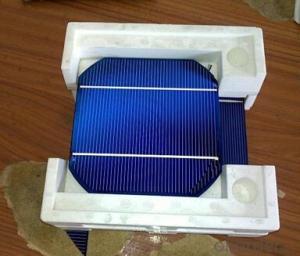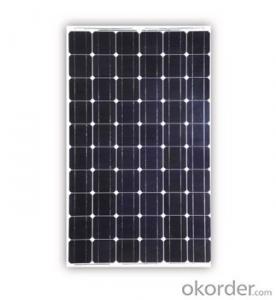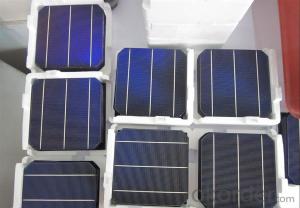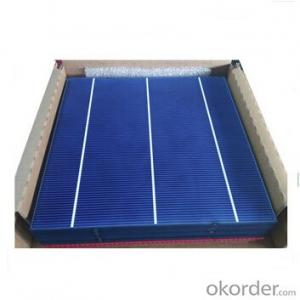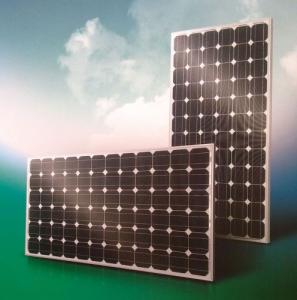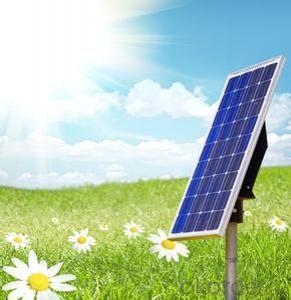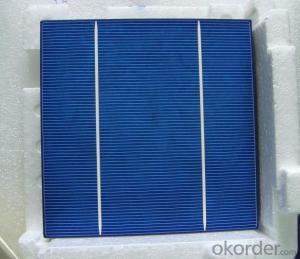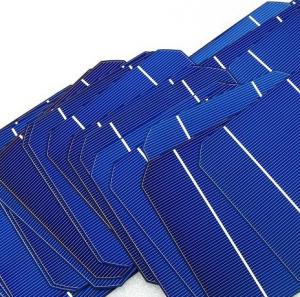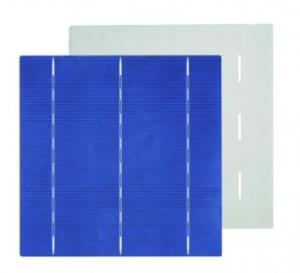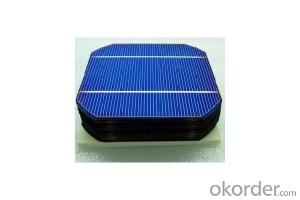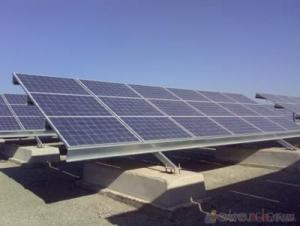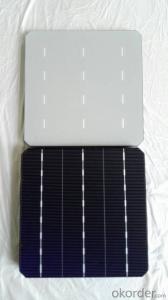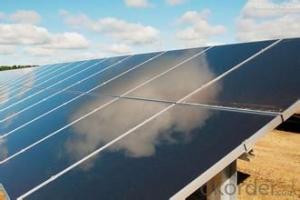Silicon Solar Cell Efficiency
Silicon Solar Cell Efficiency Related Searches
Solar Panel Inverter For Rv Solar Panel Kit With Inverter Inverter Used In Solar Panel Best Inverter Solar Panel Solar Panel On Roof Rack Solar Panel To 240v Inverter Solar Panel To Inverter Ratio Solar Panel Mini Inverter Solar Panel Inverter Battery Solar Panel Inverter BoxHot Searches
Type Of Inverter For Solar Price Of Silicon Solar Cells Best Type Of Solar Cells Solar Grade Silicon Price Type Of Solar Inverter Evacuated Tube Solar Collectors Price Lorentz Solar Pumps Price Cost Of Evacuated Tube Solar Collectors Solar Panel Inverter Size Solar Panel Inverter Suppliers Solar Inverter Solar Panel Tesla Solar Panel Inverter Solar Inverter Type 300Mm Silicon Wafer Price Solar Items Wholesale ppr type 3 Masonry Construction Type Tensar Type 2 Geogrid Type 2 Geogrid Solar Cell Inverter PriceSilicon Solar Cell Efficiency Supplier & Manufacturer from China
Okorder.com is a professional Silicon Solar Cell Efficiency supplier & manufacturer, offers integrated one-stop services including real-time quoting and online cargo tracking. We are funded by CNBM Group, a Fortune 500 enterprise and the largest Silicon Solar Cell Efficiency firm in China.Hot Products
FAQ
- Yes, solar cells are significantly impacted by shading. Even a small amount of shading, such as from trees or buildings, can drastically reduce the efficiency and output of a solar cell. Shading causes certain parts of the cell to receive less sunlight, resulting in decreased energy production. Therefore, it is important to install solar panels in areas with maximum sunlight exposure to optimize their performance.
- Whether the solar cell is light can produce electricity
- As long as it is light to, and instantly can output voltage and in the case of a loop generated current. In physics called solar photovoltaic (Photovoltaic, photo light, voltaics volts, abbreviated as PV), referred to as photovoltaic.
- Yes, solar cells can be used to power water pumps. Solar cells convert sunlight into electricity, which can be used to operate water pumps. This offers a sustainable and environmentally-friendly solution for powering water pumps in areas where there is no access to electricity grids.
- Yes, solar cells can be used to power outdoor lighting systems. Solar cells convert sunlight into electricity, which can be stored in batteries and used to power outdoor lights when the sun goes down. This allows for a sustainable and energy-efficient lighting solution, especially in remote or off-grid areas.
- Is it possible to learn how to make solar cells by yourself?
- I did that when I was 15 years old, and I succeeded!
- Solar cells perform exceptionally well in desert environments due to the high levels of sunlight and low humidity. The arid conditions and lack of cloud cover ensure that solar panels receive maximum exposure to sunlight, resulting in increased energy production. Additionally, the dry climate helps prevent dust and debris from accumulating on the panels, minimizing any potential efficiency losses.
- The impact of solar cell installations on greenhouse gas emissions is significant as they provide a clean and renewable source of energy. By harnessing sunlight and converting it into electricity, solar cells reduce reliance on fossil fuels, which are major contributors to greenhouse gas emissions. Solar power generation produces no direct emissions during operation, thus helping to mitigate climate change and reduce overall carbon dioxide and other greenhouse gas emissions.

